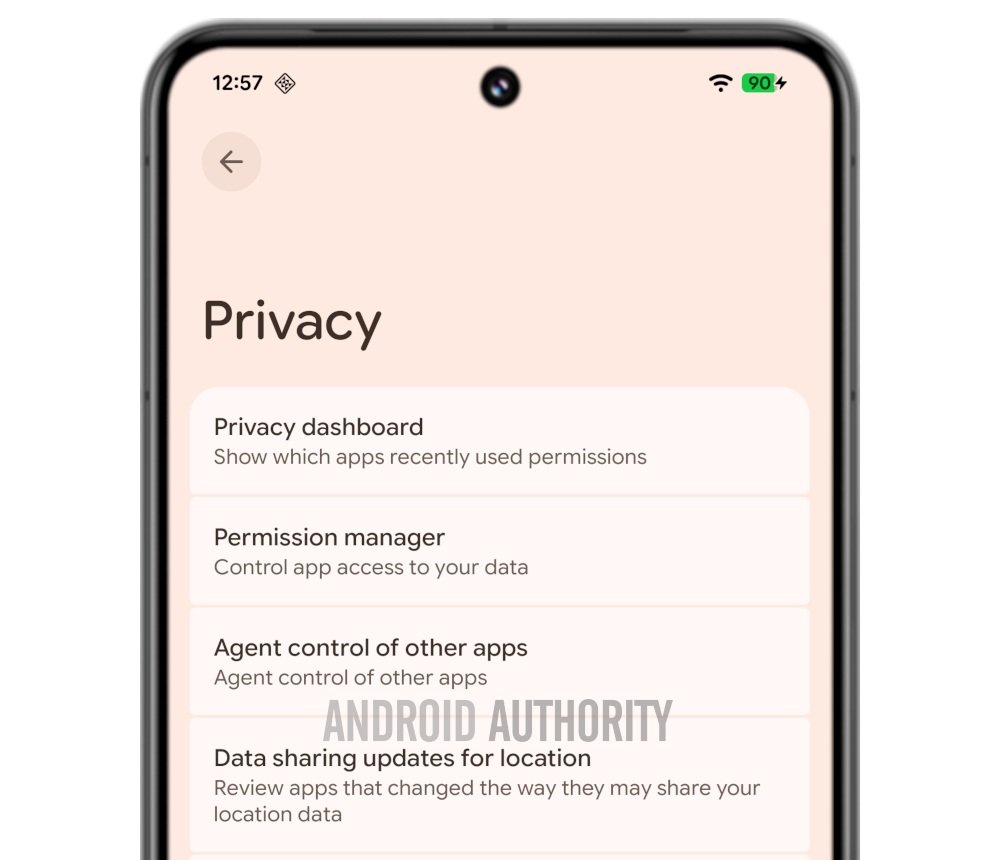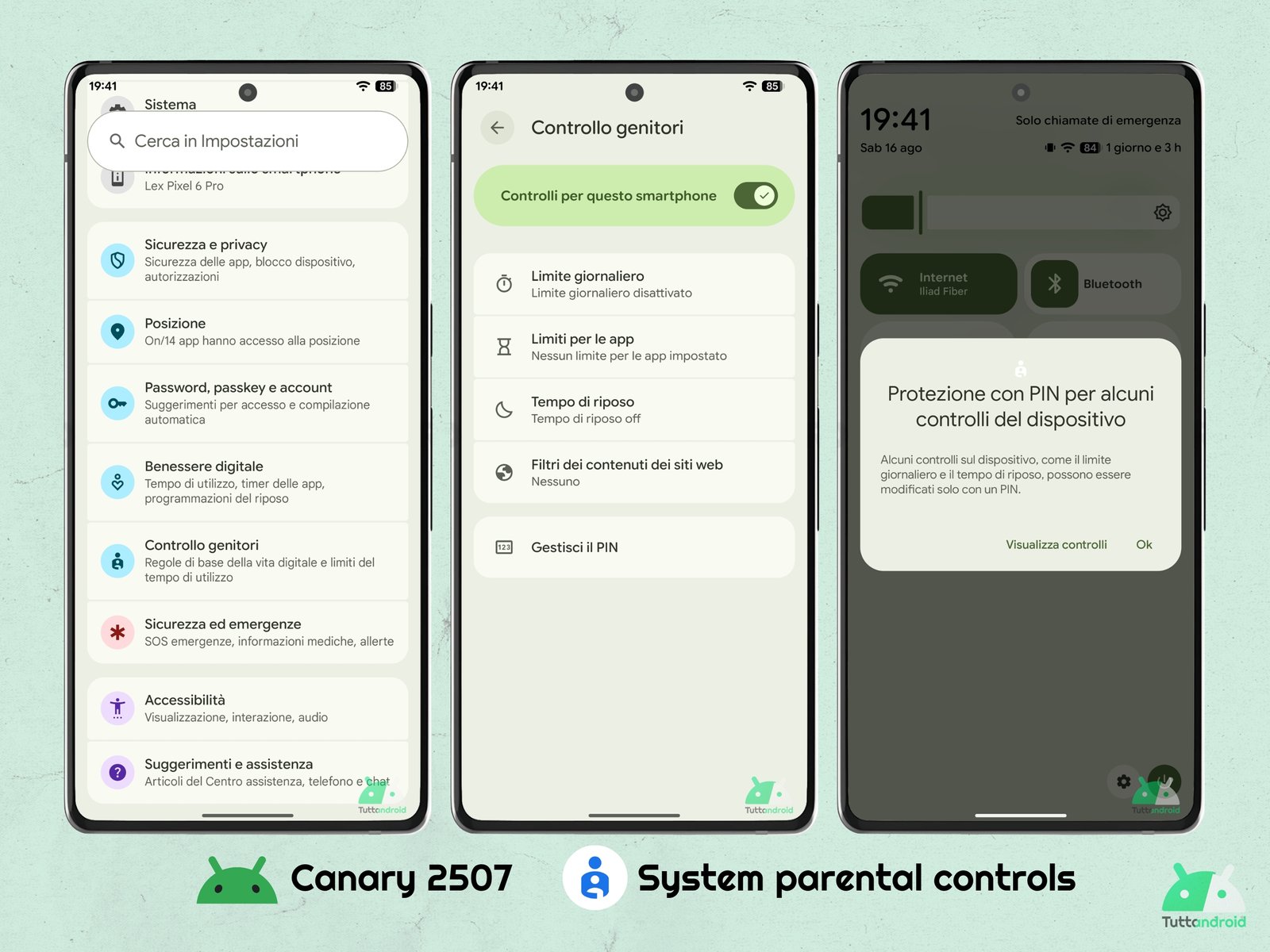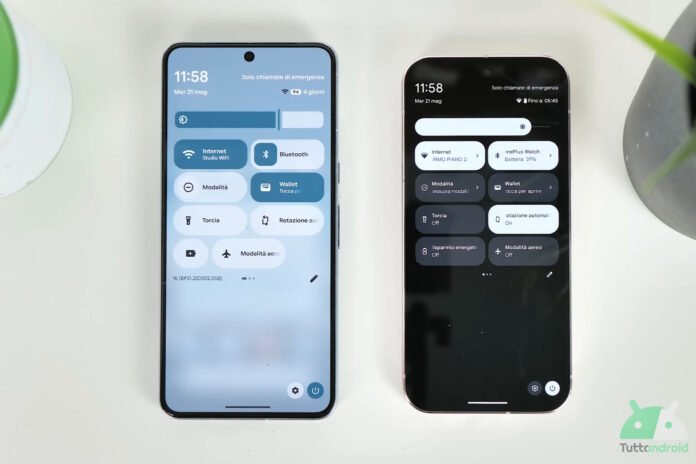With the Beta 3.1 Released a few days ago, the development cycle of Android 16 QPR1, the first quarterly update of Android 16, but Google is already about to pass beyond and inaugurate the next development cycle, the one that will take us to take us to the end, Android 16 QPR2.
For the first time by the introduction of quarterly updates (which took place with Android 12 in 2021), the second quarterly update, or half cycle, will be very important and will bring with it something more than only the features, with minor changes also to the SDK. Let’s find out what to expect from this update.
Index:
- Android 16 QPR2: the development cycle is upon us
- Here (some de) the features expected with Android 16 QPR2
- The “agents” IA will be able to control our apps
- Parental checks updated for greater inclusiveness
- Improvements for UWB support
Android 16 QPR2: the development cycle is upon us
We take a small step back, more precisely at the end of October 2024, when Google announced a historic turning point for Android, anticipating the release of Android 16 by three months compared to the window rectory which would have fallen into the third quarter of the following year and revolutionizing the cycle of updates starting right from 2025.
The writings 25q1, 25q2, 25q3 And 25q4 In the previous image, they refer to the quarters of 2025 and the situation is translated into the following “commercial names” of the updates distributed by Google:
- 25q1 corresponds to Android 15 QPR2 (released on the pixels in March)
- Second and last quarterly update of Android 15
- He brought new features on supported devices.
- 25q2 corresponds to Android 16 (released on the pixels in June)
- First stable release of Android 16
- He brought with him a largely magazine version of the SDK, new system behaviors and bees of the new generation.
- 25q3 corresponds to Android 16 qpr1 (will be released on the pixels in September)
- First quarterly update of Android 16
- Will bring new features (such as Material 3 Expressive And Desktop mode) on supported devices.
- 25q4 corresponds to Android 16 QPR2 (will be released on the pixels in December)
- Second quarterly update of Android 16
- It is configured as an update that will go to review SDK (minor update)
- System behaviors will not change but we will witness the release of updated versions of bees and new features.
Considering the timing adopted by Google, the development cycle that will bring us to Android 16 QPR2 will be started by the end of August. To want to venture a forecast, considering what was done with the Beta 1 of Android 16 QPR1 which arrived at the end of the Google I/O 2025 opening keynote, the next development cycle could be started on the occasion of the next, large, event that Big G has scheduled, namely the Made by Google ’25 with which he will present the Google Pixel 10 on August 20th.
Here (some de) the features expected with Android 16 QPR2
Made all these necessary premises, we therefore go to see which are three of the features expected with Android 16 QPR2update that (as anticipated) will bring changes to the SDK, API updates and new features.
Clearly it is not said that everything we will talk about later can materialize during this development cycle: in the end, Google has now used to preparing the ground (with updates to SDK and API) and then implement the new features only later.
The “agents” IA will be able to control our apps
In the era of artificial intelligence, increasingly widespread in our interactions with apps and services, Android could also take steps forward in this regard. Android 16 introduced a new API called App Functions which allows developers to “exhibit” the main features of their apps to the default assistant of the device.
The assistant, who can be Gemini or any other assistant IA in circulation, can perform these functions on behalf of the user: for example, we can ask the assistant to place a food order without having to open the app but entrusting ourselves to a voice command.
Although this bees have already been present for months, Google has never fully explained its operation: it is possible that this is due to a current “limit” of this potential on the fact that the assistant, today, would stop using the bees only if completely disabled.
The turning point could come with Android 16 QPR2 (and starting from its 36.1 version of the SDK) and this is suggested by the Build 2507 of Android Canary: in the section Privacy system settings, a new page called is hidden Agent Control of Other Apps (AGENCE control of other apps) which, according to a string of code connected to it, will allow users to check which assistants “can perform actions on your device and other apps”.

Parental checks updated for greater inclusiveness
The second novelty involves i parental checks Which, on Android devices, can be developed through the Google Family Link suite. Android Canary’s builds separated the section Parent control (governed by the system serivzio System Parental Controls) from the section Digital well -being And this should materialize in the stable branch with the advent of Android 16 QPR2.
The development team, however, is working to improve functionality, with an eye to separate or mixed families, adopting a functionality of Local supervision. By starting the configuration of parents control on Android 16 QPR2, you will be asked to create a PIN and provide a recovery e-mail address.
By setting a pin, a new one is automatically created Supervision profile which blocks certain actions. This pin is necessary to change the settings on the device (daily limits or specific limits for apps) or to completely disable parental control.
In essence, this mechanism with PIN means that the insertion of the password of the Google account of a parent, an uncomfortable and limiting system, is no longer necessary, both because only one of the two parents had actual control, and because with a babysitter or grandfather it was impossible to manage the baby’s device.

This function will arrive with the second update of Android 16 and this is suggested by a change to the code present in the Chromium Gerrit (“Adds a separate control mechanism for filters on the device in Android 16.1+”). It should also be noted that this new parental control tool will not replace Google Family Link but will support him.
Improvements for UWB support
The last of the features expected with Android 16 QPR2 is the Improvement of support for ultralarga band (UWB). The evidence of this emerged in February, when Google made a change to the Android code, adding the Flags for “Grape and UWB updates for 25q4”.
As we saw in the initial premises, 25q4 is precisely the reference to the second quarterly update of Android 16; While “grapes” refers to the Generic racing bees introduced with Android 16.
In a nutshell, Big G is preparing an update for the UWB stack with the functionality of the specific Fira Core 3.0 which aims to improve the efficiency and versatility of UWB systems to support new use cases and better interoperability. The main characteristics of this specification are:
- Hybrid UWB planning (different UWB applications can work simultaneously and in a coordinated way without interfering with each other)
- Dedicated data transfer (entire temporal windows are allocated exclusively for data transfer and are no longer shared with those of the distance measurement operations)
- CCC Digital Key Uwb protocol (It improves safety in accessing vehicles to prevent attacks such as “relay attack”, common with low -frequency -free access systems).
That’s all. Some of (or all) these functions could arrive with Android 16 QPR3 (March 2026) or even with Android 17 (June 2026). We will certainly know more when the Beta 1 Of the second quarterly update on the pixels which, as usual, will provide us with the first overview of what will actually be made available to the beta testers.

